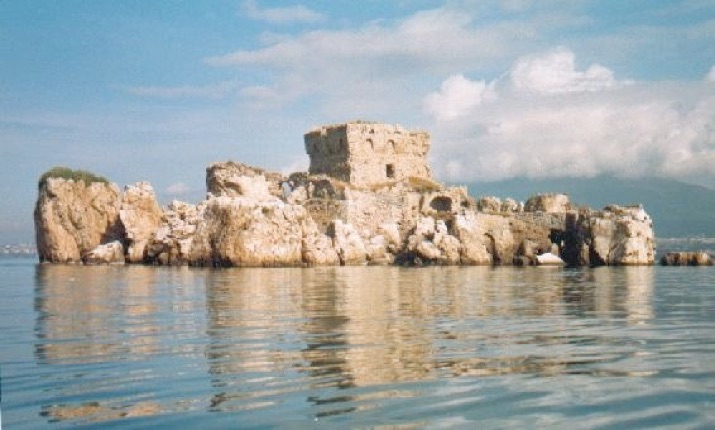Archaeological tours, packages and exclusive multy day excursions in Campania for tourists, lovers,
scholars and students.





Archaeological tours, packages and exclusive multy day excursions in Campania for tourists, lovers,
scholars and students.
A short distance from the mouth of the river Sarno stands the rock of Rovigliano, handsome and imposing, proud of the load several of thousand years of history that preserves.
Pliny the Elder in Naturalis Historia says that fish of Petra Herculis at Stabiae, were so voracious to devour the bait without a bait. The island was dedicated to Hercules, the mythological hero who after capturing the oxen of Geryon making his tenth feat, traveled along the coasts of Campania on the way back to Greece (the city of Herculaneum was named after that mythical passage). On the rock was built a shrine sacred to the hero, whose testimony is in some fragments of walls in opus reticulatum dating from the first century AD.
In the centuries immediately following the end of the Roman Empire, when Naples was the capital of a small independent dukedom, the temple of Hercules was replaced by a Benedictine monastery dedicated to St. Michael the Archangel. After centuries of neglect, in 1564 the Spanish Viceroy Don Ribeira Parafan Duke of Alcala built on the rock a tower against the pirates’ raids, that were accustomed to supplies themselves of fresh water at the mouth of the Sarno. The islet assumed, therefore, a function held until the time of the Bourbon army, when it was further fortified taking the modern. With the unification of Italy the rock was abandoned and, thus, condemned to its oblivion.

Rock of Rovigliano called Petra Herculis
PETRA HERCULIS
Pompeii Tour guide - Herculaneum Tour guide - Stabiae Tour guide - Oplontis Tour guide - Naples Tour guide
Amalfi Coast - Sorrento - Positano - Paestum Tour guide - Capua Amphitheater - Procida - Ischia - Capri
Copyright © Pompeiin.com - E-mail: info@pompeiin.com

